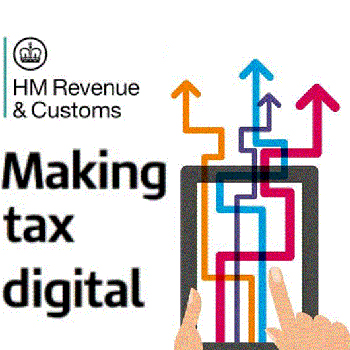VAT can be complex for any type of business. Whether it’s calculating prices, monitoring thresholds or registering for VAT; it’s important to know the process that works best for you!
If you have read our previous blogs, you will know that we love helping businesses to understand VAT. Today’s blog will look at the VAT reverse charge and how this can be applied to your tax returns!
What is the VAT reverse charge?
In brief, the VAT reverse charge is the amount of tax you would have paid for a service or product had you bought it in the UK.
You have to add that amount to the total of VAT you are going to pay to HMRC that quarter, but also to the amount of VAT you are going to reclaim in that quarter. That means you don’t pay anything extra to HMRC or reclaim anything extra from them.
The VAT is ‘reversed’ so the responsibility of accounting for it is now on the customer, rather than the supplier. This means the seller doesn’t need to register for VAT in the country where the ‘supply’ is made (the country that goods or services are supplied to).
How do I show the reverse charge on my VAT return?
Under the VAT reverse charge, the buyer is responsible for directly declaring and paying VAT due on a transaction to HMRC. The supplier typically issues an invoice without VAT and makes the relevant reference to the reverse charge rate on it.
For example, you are a VAT-registered business established in the UK buying services from a company in France for £100. In this case, the French company issues an invoice for £100 with no VAT applied.
Once you receive the invoice, you must assess your VAT obligation by applying the same VAT rate to the purchase that would apply if you purchased the same services from a UK company, e.g., the standard 20% UK VAT rate.
Then you need to account for the resulting £20 VAT liability in your VAT return.
You’ll actually include the reverse charge on your VAT return in two places – the total amount of VAT you paid in that time period and again, in the total amount of VAT you charged in the same time period (as if you were the one who supplied the services).
VAT reverse charge and selling to businesses outside the UK.
Another common question is the difference between the VAT reverse charge and the VAT domestic reverse charge. The VAT domestic reverse charge is different because it usually applies to individuals in the construction industry scheme. This leaves the responsibility up to the contractor to add VAT onto any supplies they buy, to then put on their VAT returns.
Are you someone that needs advice and support with your VAT return? Don’t hesitate to contact us!
Get in touch via email at info@future-cloud.co.uk or give us a free call on 01636 337069!


